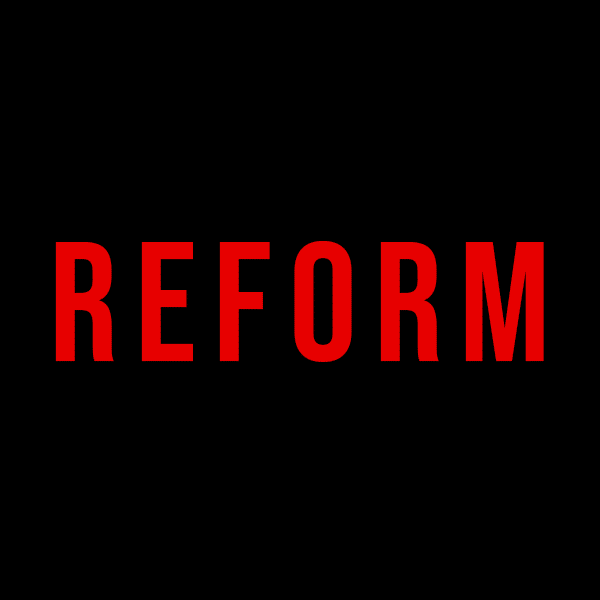The FCC put out a tellingly worded press release late yesterday about the status of broadband deployment in the U.S. as of the end of 2019. The number of Americans living in areas without access to terrestrial fixed broadband supporting speeds of at least 25 Mbps downstream and 3 Mbps upstream decreased to 14.5 million, a 46% decrease since the end of 2016, according to FCC broadband deployment data.
That finding is based on data reported by broadband providers on Form 477, which has come under widespread attack. Service providers report data by census block and an entire block is considered to have access to broadband even if only a single home in the block can get service.
That’s why the FCC didn’t simply say the number of Americans without access to broadband is 14.5 million but instead said those 14.5 million people live in areas without access to broadband.
The implication is that 14.5 million people live in census blocks in which no one can get service, but there are additional people – as yet uncounted – who live in census blocks where some people can get broadband and others can’t.
Federal legislators passed a law directing the FCC to fix this, but FCC Chairman Ajit Pai warned the legislators that the commission needed money to make the fix and that money hasn’t been appropriated.
In the meantime, interested parties can download the data that the FCC collected. The commission issued a public notice explaining how to do this and how to interpret the data. The public notice also explains how to get data reported by providers about mobile service deployments, although that data also has problems, to the extent that the FCC didn’t make any claims about mobile deployment progress in yesterday’s press release.
The Form 477 data also can be viewed on an interactive map.
FCC Broadband Deployment Data
The FCC has collected Form 477 data for years and therefore, some stakeholders note that the data is useful for comparison purposes with previous years. Using a phrase from the business world, the FCC is at least comparing apples with apples. However wormy those apples might be.
A press release about the FCC broadband deployment data offers several other comparisons:
- The number of Americans living in areas without broadband speeds of at least 250/25 Mbps fell by 77% since the end of 2016
- The number of Americans living in areas with 250/25 Mbps broadband increased by 268%.
Why the comparison with 2016 as opposed to some other year?
Oh yeah, that’s when there was an administration change and all administrations like to claim credit for whatever measurable progress is made during their tenure.



